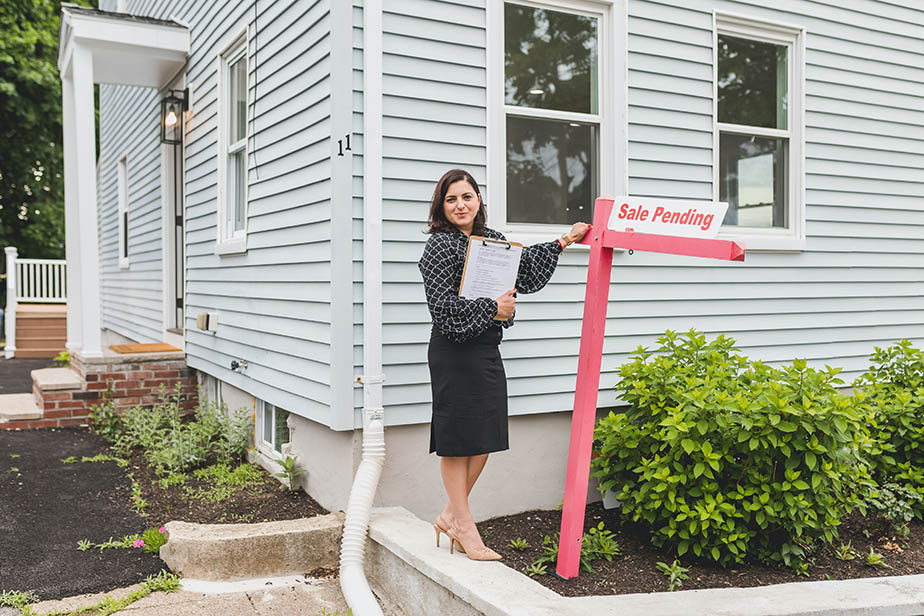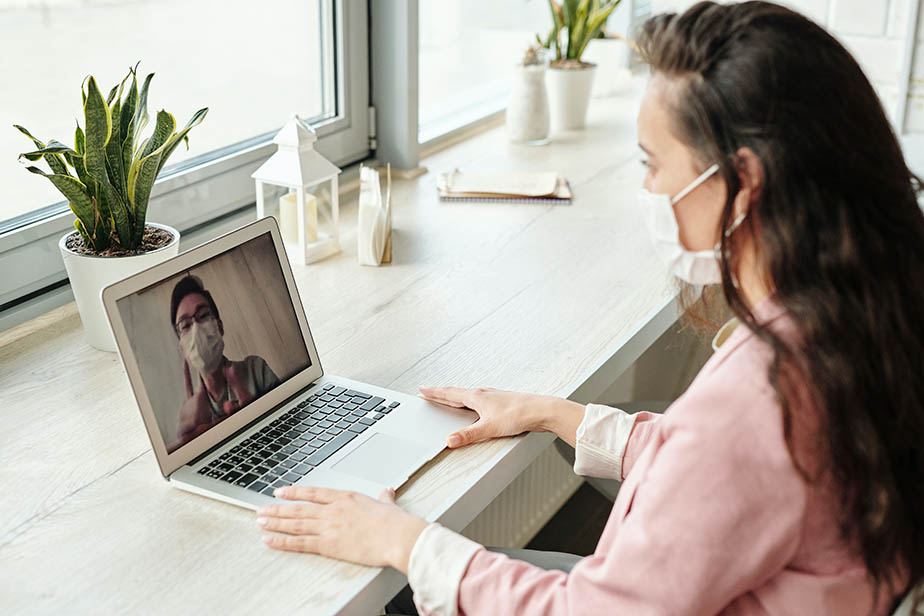
By Michelle Baltazar
If one of your new year’s resolutions for 2022 is to sort out your finances, you’re not alone. The Coronavirus pandemic brought on drastic changes in our ability to maintain a secure job, earn extra income and start (or keep) a new business.
But there are ways you can make 2022 a better year by following these two simple steps – in 10 days. The best thing to do is to spread the tasks over several weekends.
Tip #1 Start a weekly savings budget. Time required: Two-three days
Technically, you can prepare this budget in a couple of hours or less, but to avoid the anxiety, allocate a weekend or two. There is also a difference between an expense budget (how much you spend) versus a savings budget (how much you save).
Most people know they have to set aside a certain amount off their wages for bills and other expenses but not many put together a weekly savings budget – and that’s a big difference.
I’m not saying this is going to be easy but it’s absolutely worth the effort. There are many budgeting spreadsheets available on the internet but I recommend this one from the government as it means you’re not giving away your financial info to a third-party service provider (unless you don’t mind this!).
Step one: Go to Budget Planner and work out your expense budget as indicated in their spreadsheet. It’s alright if you can’t fill the spreadsheet completely. If you can at least cover your major expenses, then you’re already a step ahead of most people.
Step two: Once you’ve filled in the spreadsheet, you’ll know how much money you have remaining. From this amount, you can work out your weekly savings budget.
Step three: Hey, if this is all too hard, to begin with, nominate a savings amount and stick with it for the year. Even a small amount, say $50 a week, works out to be at least $2,000 for the year.
Tip #2. Check your superannuation. Time required: One-two days
Again, you don’t need two days to do this, especially if you’ve already downloaded your superannuation app. But if you’re scratching your head and wondering what ‘superannuation’ even means, your future self will thank you if you swap an hour of a Netflix episode with an hour of googling the term.
Here’s a link to a government website to know more: How Super Works
The actual tip here is that by the end of this exercise, you should be able to answer two important questions:
What is the name of your superannuation fund?
What is your superannuation account balance?
If you can answer both of those questions easily, well done! You’d be surprised how many people don’t know these very basic details about their super.
Tip #3 Subscribe to Money Magazine for their twice-a-week free newsletters. Time required: Less than five minutes
Full disclosure: I am the editor-in-chief of this magazine so, of course, I’ll recommend that you subscribe to it but I can’t tell you how many hundreds, even thousands, of dollars I have saved simply from reading tips from the finance experts we feature over the course of the year.
You can also choose to subscribe to any other finance newsletters or websites. It doesn’t matter as long as you do subscribe to at least one finance-related resource in 2022. Financial literacy can do wonders for your wallet.
The main thing though is that you don’t invest nor give your money to finance schemes that sound too good to be true. If they are offering you unrealistic returns, it’s most likely a scam.
There you have it – three tips to kick off your financial journey in 2022. There’s so much more than you can do but I believe in the power of three when it comes to completing tasks, big or small. By ticking these three goals first, you’re more likely to gain confidence in your financial acuity.
Source: The Australian Filipina
Photo by Karolina Grabowska from Pexels











